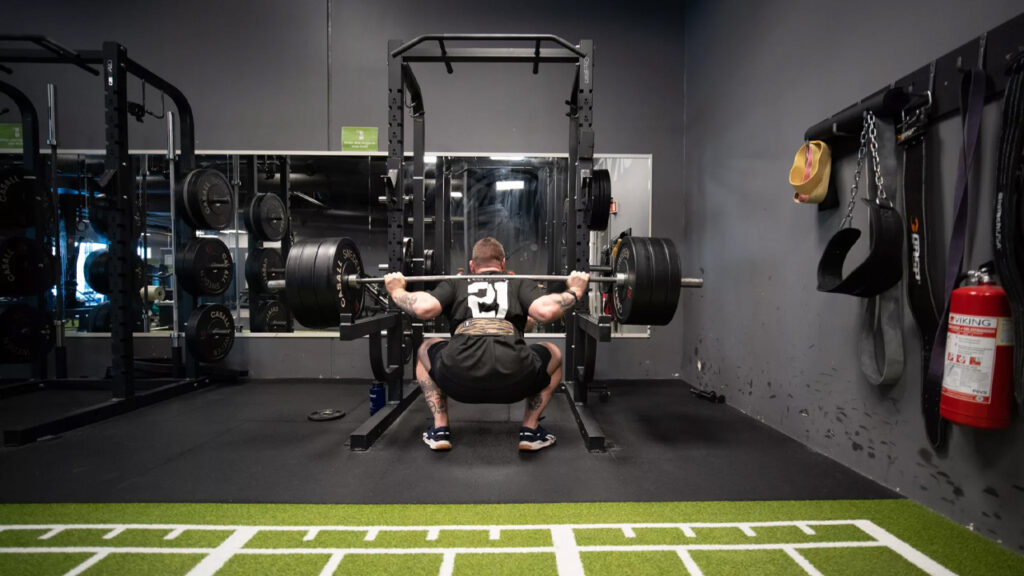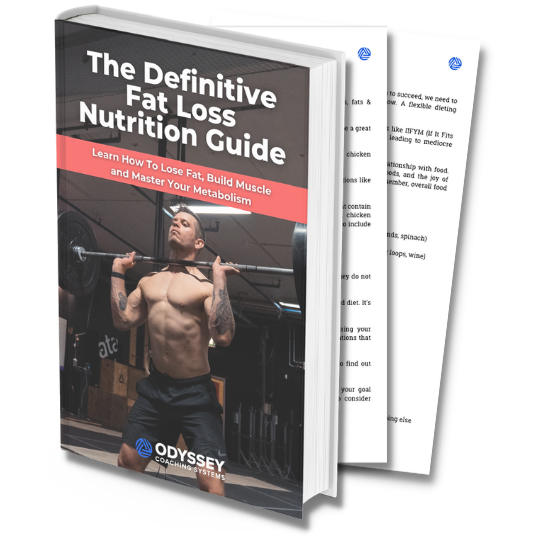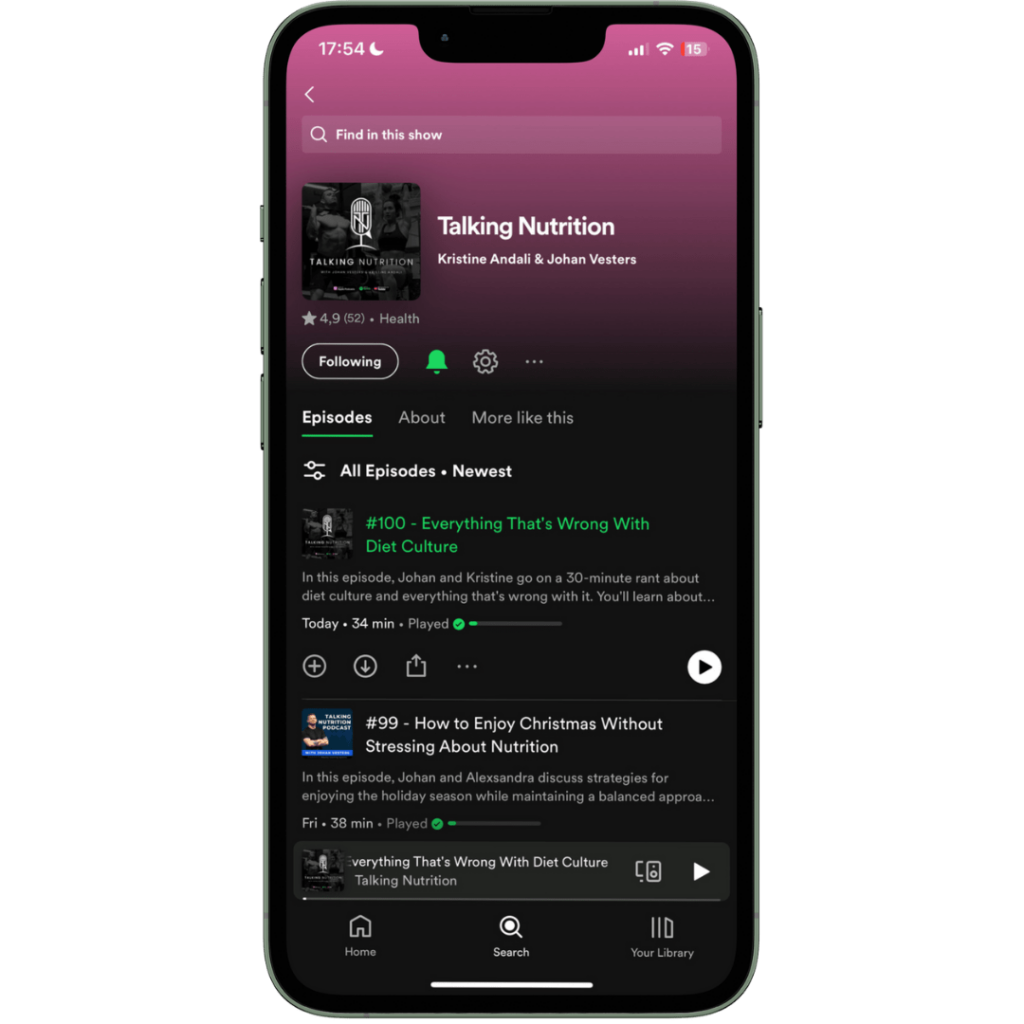Do you REALLY know how much weight you can lift for one rep? It’s hard to guess how much to aim for when you want to test your 1RM if you haven’t done it yet, or if it’s been a while.
The One Repetition Maximum Calculator in this blog is a helpful tool allows you to get a good estimate of the maximum amount of weight you can lift for one single repetition of any given exercise. Knowing your 1RM also allows you to figure out your working weights in your workout program.
Using this 1RM calculator is quick and easy. Let’s say you want to know your deadlift One Rep Max, but you haven’t tested it in a while. However, in this example, you DO know how much you can lift for 5 reps. All you then need to do is input the amount of weight lifted, followed by (in this case) ‘Repetitions: 5’ and the calculator will provide you with an estimate of your 1RM.
Now, let’s dive in and see how much you’re likely able to lift!
PRO TIP – Bookmark this page for easy access: www.odysseycoachingsystems.co/one-repetition-maximum-calculator/#calculator
Benefits of Knowing Your 1RM
Roughly knowing where your 1RM’s at can be super helpful when training for strength, here’s why..
First of all, no guessing! When you’re trying to find your One Rep Max, the last thing you want to do is waste a bunch of energy on additional sets because – and I’ve been here myself – the weight you THOUGHT was going to be your max ended up being too easy.
Furthermore, knowing your absolute max for a given lift obviously shows you whether you’re progressing or not. Now, that’s not to say you want to be doing 1RM’s every single week. But if you do a test every now and then, you get to keep track of your long term progress. If you’re moving forward, great! Then both your program and the recovery side of things, seem to be in a good spot. If you’re NOT progressing, then you know you need to look at one of the three following things: training, nutrition, or recovery.
Lastly, knowing your 1RM also helps you pick the right amount of weight when working out. When you know your limits, you can work with loads that challenge you without your technique suffering (pretty important when you’re lifting heavy sh*t). That way, you can grow muscle, get strong as hell, and do so without getting hurt.
How to Find Your True One Repetition Max
Before actually testing, I suggest starting off by checking out the calculator below. Then, because calculating your One Rep Max doesn’t mean you lifted the weight yet, it’s time to actual test. As a rough guideline, you might want to consider doing this up to once a training block. Though it’s hard to give general recommendations in a blog like this one, the end of a training block is often a good time. It’s the time to peak, before you take a deload. Then once you know your true One Rep Max, you’re going to be able to figure out your working weights for your next training block.
If you haven’t used the calculator yet, go ahead and do it now. Now, let’s say you want to know your 1RM for the bench press..
Do your warm up, stretch, get some blood flowing, and let’s start with a weight that feels easy for 10 repetitions, then take a break and add more weight. Next, do 5 reps, rest again, add more weight, do 3 reps, and take a longer rest. Then, it’s time to test your 1RM.
PRO TIP – If you notice it’s getting difficult, make sure to get a spotter and keep it safe. Don’t sacrifice proper technique just to impress your buddies. Ego-lifting usually leads to one of two things: injury or a gym-fail-video on social media. Or both, and we wouldn’t want that!
One Repetition Maximum Calculator
Safety Precautions when Testing Your 1RM
Testing your 1RM can be taxing for your body, so it’s important to keep it safe. Here are some guidelines to make sure you don’t hurt yourself at the gym:
- Do a proper warm-up. Yep, I’m mentioning it again, because I know most people don’t take this part serious. But hey, let’s prepare your body for the heavy lifts coming up. This will help you perform better, and avoid unnecessary injury.
- As mentioned earlier, please also make sure to have someone spot you. If someone’s there, and you DON’T manage to get the lift (or you just need that extra motivation), they can be there for you. Please do make sure they know their stuff, and double check if they know what to do when you drop the bar. If seen this go wrong too many times. Someone fails a lift, and their buddy just stands there looking at them, not knowing what to do.
- Good form over everything! Proper technique is the most important thing here. If you want to keep progressing in the long run, then form is king! I’d go as far as saying that your Technical One Rep Max (as in, it still done right), is much more important than a heavier, but crappy One Rep Max that would have you look Bambi on ice.
- Listen to your body: If anything feels off, or if something hurts, stop right there and then. This is your body telling you something, and pushing through can lead to injury, putting you out of the gym for a long time.
- Increase weight slowly: as much as you may see BIG 10-20kg jumps when you just start out, these steps become smaller over time. Once you’ve been lifting with proper technique, and you’ve actually been working close to failure for a while, it’s very common to ‘only’ see 1 – 2.5kg increases.
Incorporating Your 1RM into Your Workout Routine
Now that you know your One Repetition Max for the lift you tested, you’ll have a better idea of your limits. This will help you choose better loads during your workouts. Although again, recommendations here need to stay a little vague because it’s hard to give general advice that works for everyone, here’s how to use different loads for your specific goals:
- Strength training: If you lift to get stronger, go heavy and aim for fewer reps (4-6 repetitions per set). Generally speaking, it’s more common to see load recommendations in workout programs based off a percentage of your One Rep Max in a strength focused program.
- Hypertrophy training: If muscle gain is more important than strength gain for you, use moderate weights that you can lift for more reps (8-15 seems to be most common). Although you’ll be using much lower weights for these bigger sets, knowing your 1RM may still proof useful if you’re starting a new program and you don’t know how much weight to aim for.
Last but not least, please know that you’re going to have your ups and downs. There’s so many factors that can influence your performance and recovery, that you simply can’t expect to always be progressing every single workout, and that’s ok. Just make sure to eat your maintenance calories, sleep well, manage your stress, eat quality foods and lots of protein, stay active outside of the gym, and reach out for help if you’re not sure where to start!
In conclusion: knowing your One Repetition Maximum (1RM) can be a massive help in the gym. With this 1RM calculator, you can get a good estimate of your strongest lift. Of course, you still need to do the actual lifting, but then once you know your true 1RM, you’ll be able to set goals better, keep track of your progress, and most importantly: get strong as hell without hurting yourself. I hope you find this quick article helpful! Feel free to grab a complimentary e-book below if you want to dive deeper in the nutrition side of things!





